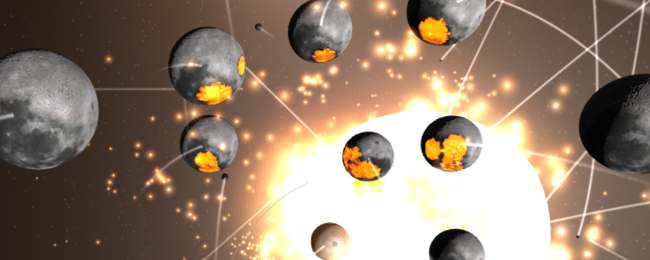

Pallas has a relatively high orbital inclination to the plane of the ecliptic. The orbit of Pallas was determined by Gauss, who found the period of 4.6 years was similar to the period for Ceres. Even as recently as 1979, Pallas was estimated to be 673 km in diameter, 26% greater than the currently accepted value. When Pallas was discovered, some estimates of its size were as high as 3,380 km in diameter. Now, unexpectedly, a second such body had been found. Before this point it had been speculated by astronomers that there should be a planet in the gap between Mars and Jupiter.

The discovery of this object created interest in the astronomy community.

This was the asteroid Pallas, coincidentally passing near Ceres at the time. Ī few months later, Olbers was again attempting to locate Ceres when he noticed another moving object in the vicinity. This object came to be named Ceres, and was the first asteroid to be discovered. This was lost from sight for several months, but was recovered later that year by the Baron von Zach and Heinrich W. M. Olbers after a preliminary orbit was computed by Carl Friedrich Gauss. Shortly thereafter he announced his observations of this object, noting that the slow, uniform motion was uncharacteristic of a comet, suggesting it was a different type of object. In 1801, the astronomer Giuseppe Piazzi discovered an object which he initially believed to be a comet. On the night of 5 April 1779, Charles Messier recorded Pallas on a star chart he used to track the path of a comet (now known as C/1779 A1 (Bode)) that he observed in the spring of 1779, but apparently assumed it was nothing more than a star. With an orbital inclination of 34.8°, Pallas's orbit is unusually highly inclined to the plane of the asteroid belt, making Pallas relatively inaccessible to spacecraft, and its orbital eccentricity is nearly as large as that of Pluto. The discovery of many more asteroids after 1845 eventually led to the separate listing of 'minor' planets from 'major' planets, and the realization in the 1950s that such small bodies did not form in the same way as (other) planets led to the gradual abandonment of the term 'minor planet' in favor of 'asteroid' (or, for larger bodies such as Pallas, 'planetoid'). When Pallas was discovered by the German astronomer Heinrich Wilhelm Matthäus Olbers on 28 March 1802, it was counted as a planet, as were other asteroids in the early 19th century. Pallas, Vesta and Ceres appear to be the only intact bodies from this early stage of planetary formation to survive within the orbit of Neptune. Most of these 'protoplanets' were incorporated into the growth of larger bodies, which became the planets, whereas others were ejected by the planets or destroyed in collisions with each other. Its estimated volume is equivalent to a sphere 505 to 520 kilometers (314 to 323 mi) in diameter, 90–96% the volume of Vesta.ĭuring the planetary formation era of the Solar System, objects grew in size through an accretion process to approximately the size of Pallas. It is 79% the mass of 4 Vesta and 22% the mass of Ceres, constituting an estimated 7% of the mass of the asteroid belt. It is the third-largest asteroid in the Solar System by both volume and mass, and is a likely remnant protoplanet. Like Ceres, it is believed to have a mineral composition similar to carbonaceous chondrite meteorites, though significantly less hydrated than Ceres. Pallas ( minor-planet designation: 2 Pallas) is the second asteroid to have been discovered, after 1 Ceres.


 0 kommentar(er)
0 kommentar(er)
